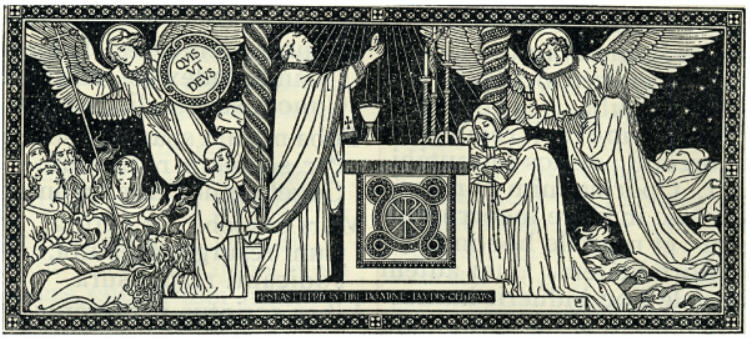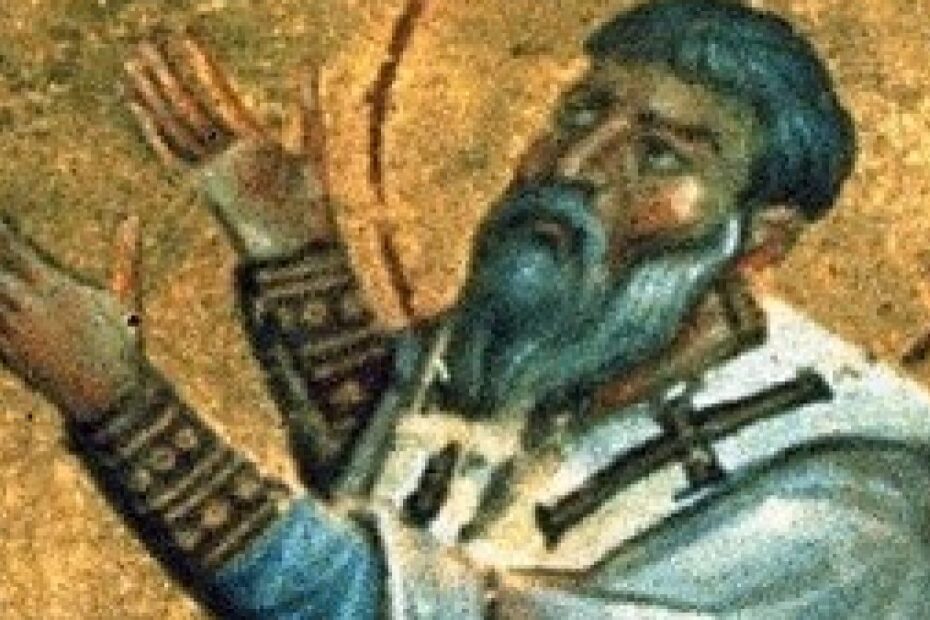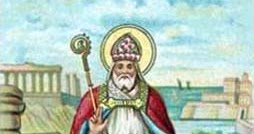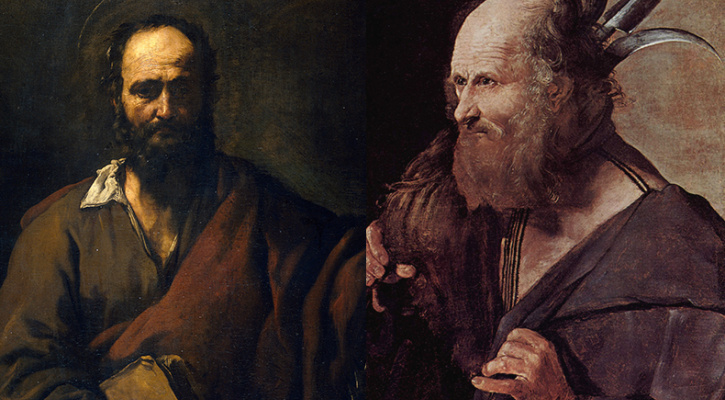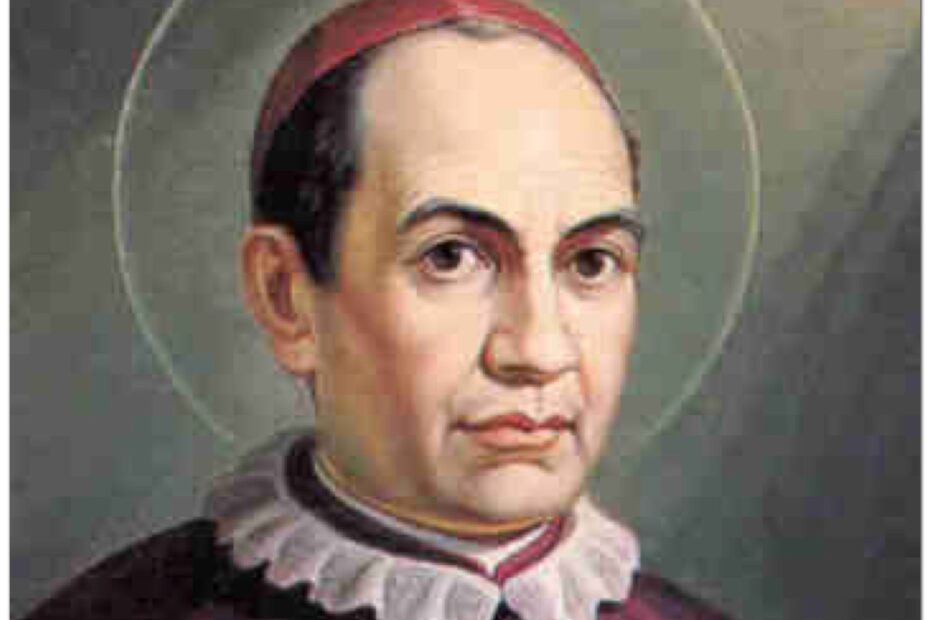Saint Anthony Mary Claret’s Story
The “spiritual father of Cuba” was a missionary, religious founder, social reformer, queen’s chaplain, writer and publisher, archbishop, and refugee. He was a Spaniard whose work took him to the Canary Islands, Cuba, Madrid, Paris, and to the First Vatican Council.
In his spare time as weaver and designer in the textile mills of Barcelona, Anthony learned Latin and printing: The future priest and publisher was preparing. Ordained at 28, he was prevented by ill health from entering religious life as a Carthusian or as a Jesuit, but went on to become one of Spain’s most popular preachers.
Anthony spent 10 years giving popular missions and retreats, always placing great emphasis on the Eucharist and devotion to the Immaculate Heart of Mary. It was said that his rosary was never out of his hand. At age 42, he founded a religious institute of missionaries beginning with five young priests, known today as the Claretians.
Anthony was appointed to head the much-neglected archdiocese of Santiago in Cuba. He began its reform by almost ceaseless preaching and hearing of confessions, and suffered bitter opposition mainly for opposing concubinage and giving instruction to black slaves. A hired assassin—whose release from prison Anthony had obtained—slashed open his face and wrist. Anthony succeeded in getting the would-be assassin’s death sentence commuted to a prison term. His solution for the misery of Cubans was family-owned farms producing a variety of foods for the family’s own needs and for the market. This invited the enmity of the vested interests who wanted everyone to work on a single cash crop—sugar. Besides all his religious writings are two books he wrote in Cuba: Reflections on Agriculture and Country Delights.
He was recalled to Spain for a job he did not relish—being chaplain for the queen. Anthony went on three conditions: He would reside away from the palace; he would come only to hear the queen’s confession and instruct the children; and he would be exempt from court functions. In the revolution of 1868, he fled to Paris with the queen’s party, where he preached to the Spanish colony.
All his life Anthony was interested in the Catholic press. He founded the Religious Publishing House, a major Catholic publishing venture in Spain, and wrote or published 200 books and pamphlets.
At Vatican I, where he was a staunch defender of the doctrine of infallibility, Anthony won the admiration of his fellow bishops. Cardinal Gibbons of Baltimore remarked of him, “There goes a true saint.” At the age of 63, he died in exile near the border of Spain.
